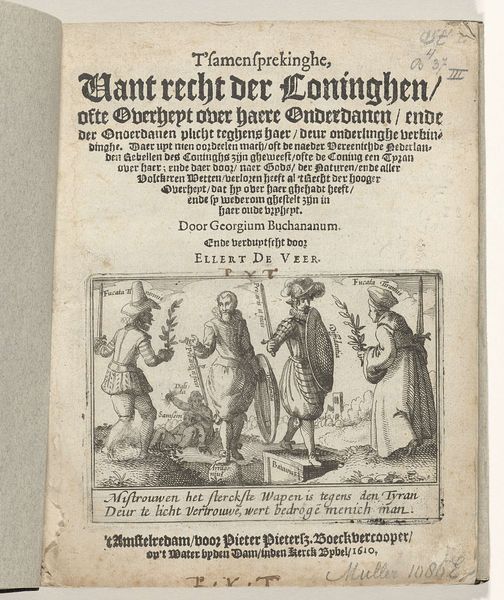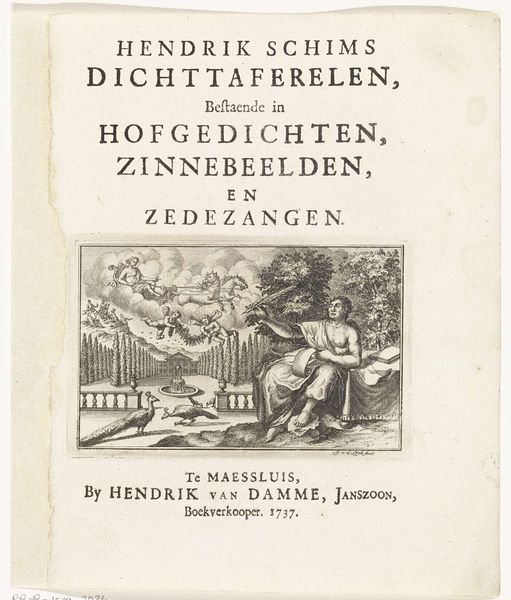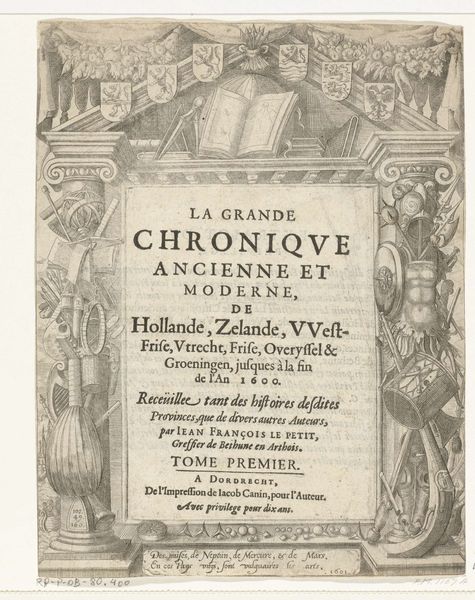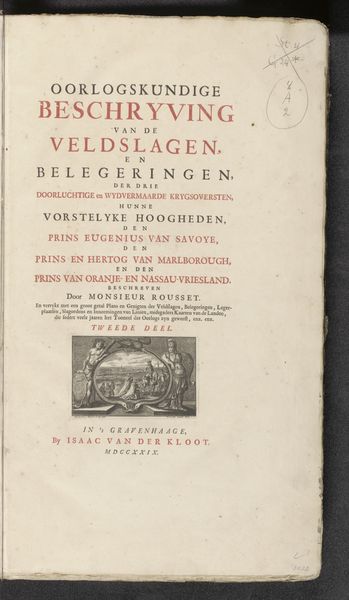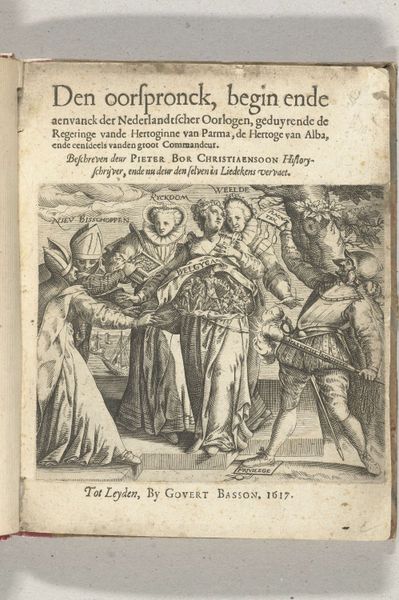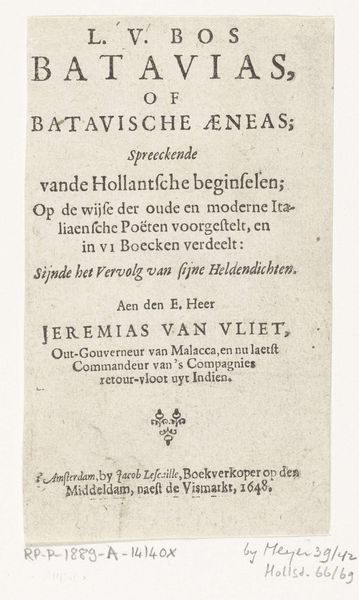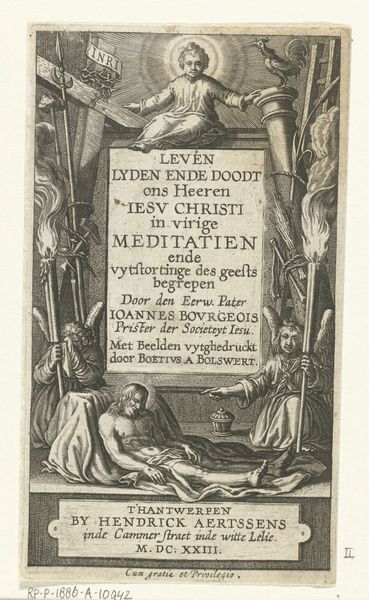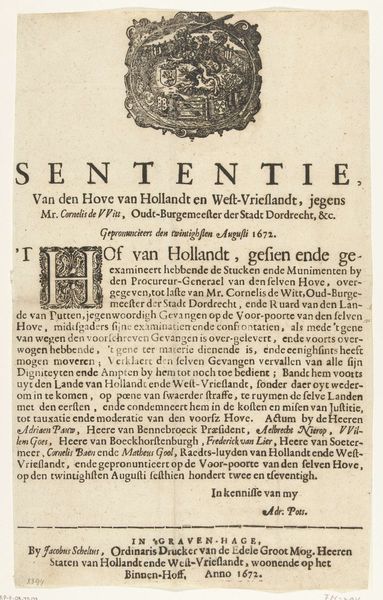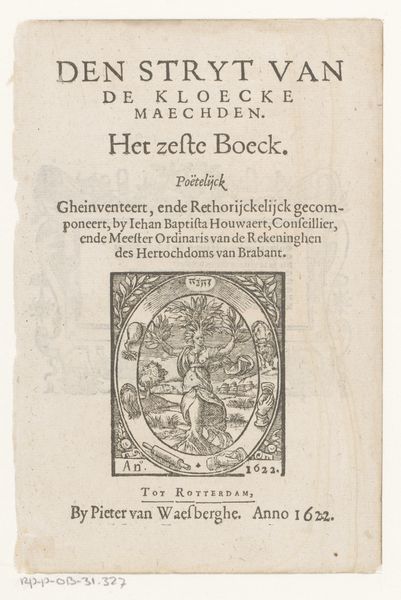
print, etching, engraving
#
narrative-art
#
baroque
#
dutch-golden-age
# print
#
etching
#
genre-painting
#
history-painting
#
engraving
Dimensions: height 95 mm, width 138 mm, height 198 mm, width 153 mm
Copyright: Rijks Museum: Open Domain
Curator: Here we have an etching and engraving titled "Bereiding van medicijnen en een aderlating," or, in English, "Preparing Medicines and a Bloodletting," created in 1662 by Julius Milheuser. It's a fascinating scene. Editor: Yes, my initial reaction is one of... well, a clinical detachment. The linear quality of the etching lends a sense of precision, almost diagrammatic, to what would otherwise be quite a visceral subject. Curator: Indeed. And within the context of the Dutch Golden Age, we see the rising influence of scientific exploration and medical practice being visualized. It is as much about history as it is the artistry within the print itself. Editor: Absolutely. Look at how the artist uses strong diagonal lines – in the positioning of the bed, the arrangement of figures – to create dynamic tension. The high contrast and detailed linework further highlight this sense of unease in the narrative as well. Is the doctor helping or making matters worse for this bed-ridden patient? Curator: Well, that’s the complex duality, isn’t it? The print illustrates both the perceived benefits and perhaps the perceived dangers of medical intervention at the time, serving as documentation of period medicinal practice. One man on the left is working to produce a remedy with the elaborate scientific glassware shown, while, right in front, is a bloodletting of some kind! Editor: The artist makes skillful use of hatching to suggest volume and shadow. Also, what do you make of the composition? The placement of text on top is in great juxtaposition with the imagery below! The letters’ rigid geometric quality juxtaposes nicely with the softer etching marks throughout. Curator: The title and the image act as complementary components that emphasize an integration of word and image—integral during that era, when advancements in science and visual technologies evolved together in Dutch printmaking. And I also believe the print served to democratize knowledge by translating and simplifying complex concepts for broader dissemination. Editor: I agree! Well, examining the sharp contrasts within Milheuser’s engraving truly enriches our comprehension. It prompts us to see beyond mere historical depiction and toward a rich and meticulously constructed symbolic field. Curator: Absolutely, while the narrative is specific to a time, the dialogue between observation and knowledge is something we are continuing to discuss, aren’t we?
Comments
No comments
Be the first to comment and join the conversation on the ultimate creative platform.

